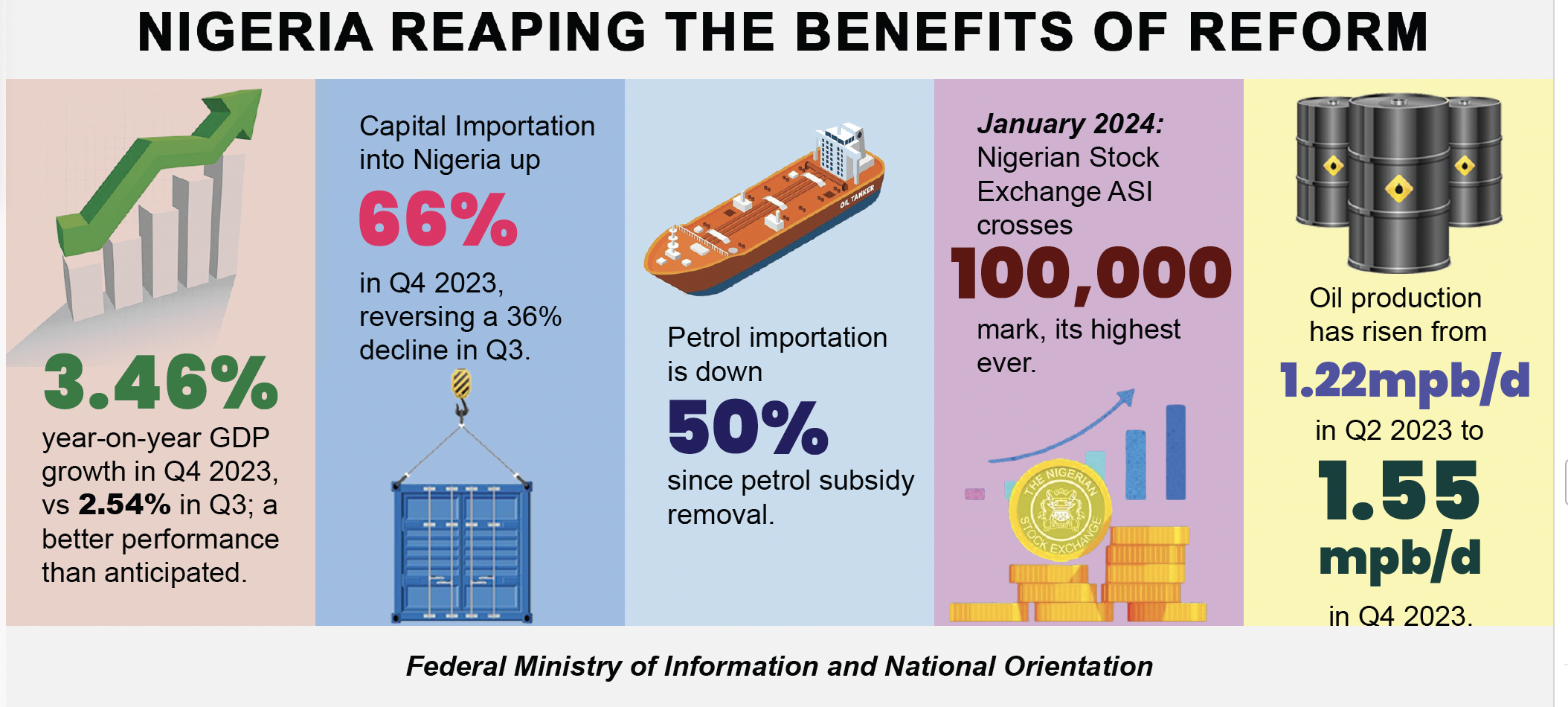The current configuration of polling units in the country is grossly inadequate and cannot guarantee the fundamental democratic right of Nigerians to vote, the National Commissioner and Chairman, Electoral Operations and Logistics Committee, Independent National Electoral Commission, Prof. Okechukwu Ibeanu, has said.
Presenting a paper, titled: “The State of Voter Access to Polling Units in Nigeria,” at the Consultative Meeting with Political Parties, held at the INEC headquarters, Abuja on February 5, Prof. Ibeanu said since polling units give meaning to the right to vote, this automatically connotes that a place to vote gives meaning to the right to vote.
According to Ibeanu, a Professor of Political Science, if an individual has a right to vote without a place to cast the said vote, then the supposed right is at best superficial.
His words: “If you have a right to vote, but you don’t have a place to vote, then that right is essentially academic.”

He said the Commission believes that the polling units, as they exist in Nigeria today, are not fit for purpose.
The interesting thing, he quickly added, “is that this problem is nationwide. It’s not about one part of the country or another; east or west, north or south.”
He reiterated INEC Chairman Prof. Mahmood Yakubu’s assertion earlier at the meeting that the current 119,973 polling units were created “a quarter of a century ago” while the situation has remained the same since then.
Putting the issue in context, Ibeanu said the polling units were not only inadequate in number, they were also not conducive to voters in terms of exercising the right to vote, especially in the context of the ranging COVID-19 pandemic.
Besides, he added, they are also not suitable for the Commission to properly conduct its work in terms of ensuring that elections are properly conducted according to rules and regulations.
His words: “It is important to note that voter access to polling units is not just about having adequate numbers. It’s not about just establishing more polling units. It’s also to ensure that those polling units, when they are established, are fit for purpose, conducive to voters in terms of exercising their democratic rights and also, perhaps as important, that they are suitable for the Commission to do its work.
“Unfortunately over the years, it’s just the first aspect of access to polling units that is emphasized, that is creation of more polling units. But if the problem is just about creating more polling units, then it is clear to me that some of the solutions that the Commission had tried like the use of Voting Points, would have solved the problem. But it hasn’t solved the problem, which means it’s not just about creating polling units. It’s also about locating them in places that are conducive for voters.”
Ibeanu listed some of the manifestations of the crisis of voter access to polling units as overcrowding and electoral violence.
Many of the PUs, he noted, are also located in conflict areas, homes of political chieftains, deep forests and shrines.
The crisis “also manifests in poor electoral services such as late commencement of polls, disruption of elections and the declining voter turnout at elections.”
He added: “To illustrate the declining voter turnout at elections, between 1999 and 2019, voter turnout in Nigerian fell by 17 percentage points. But compare that to Ghana: between 2000 and 2020, voter turnout rose by 17 percentage points, the direct converse of the Nigerian situation. We think that this is strongly correlated to the average number of voters per polling units. If you look at the Nigerian situation, the average number of voters per polling unit increased by 217. Conversely for Ghana, it decreased by 91 voters. So, it seems to suggest that the more voters per polling unit, the lower the voter turnout and I think there is a logic to that.”
The INEC National Commissioner posited that over the years, INEC had tried a number of interim solutions.
He explained that in 2007, the Commission introduced Baby Polling Units in 2007, Voting Points in 2011 and Voting Points Settlements in 2016 in the Federal Capital Territory.
He said: “The VPs and VPS have been in use since 2011 and 2016. The critical thing is that these have been stop-gap solutions. In many cases, these interim solutions have constituted their own problems. The Baby Units, for example, entailed bringing results from them to the mother units for collation. And each time, there was a major crisis because people were wondering where those results were coming from. The same thing applies to the Voting Points when in some cases, you had over-voting in them, people were wondering whether the results of the entire Polling Unit would be valid. A permanent solution has remained elusive.
“The Commission had tried to establish more polling units in line with the Electoral Act. Section 42 of the Act talks about the Commission establishing adequate number of polling units and allotting voters to them. The Commission had also tried to relocate polling units to more suitable places and also to reorganize polling units on election day. But this has been met with resistance. Stakeholders have politicised the issues and there have been all sorts of conspiracy theories about the actual intention of the Commission. Perhaps, the Commission should have consulted more widely before embarking on those attempts.”
To be sure, Ibeanu said the idea behind the engagement with leaders of political parties was to lay all the issues on the table in order to encourage the stakeholders to work with the Commission to build a genuine national consensus and to try and find solutions to what is clearly a national problem ahead of some major activities in the electoral calendar, such as the Continuous Voter Registration, a number of off-season elections and the 2023 general election.


